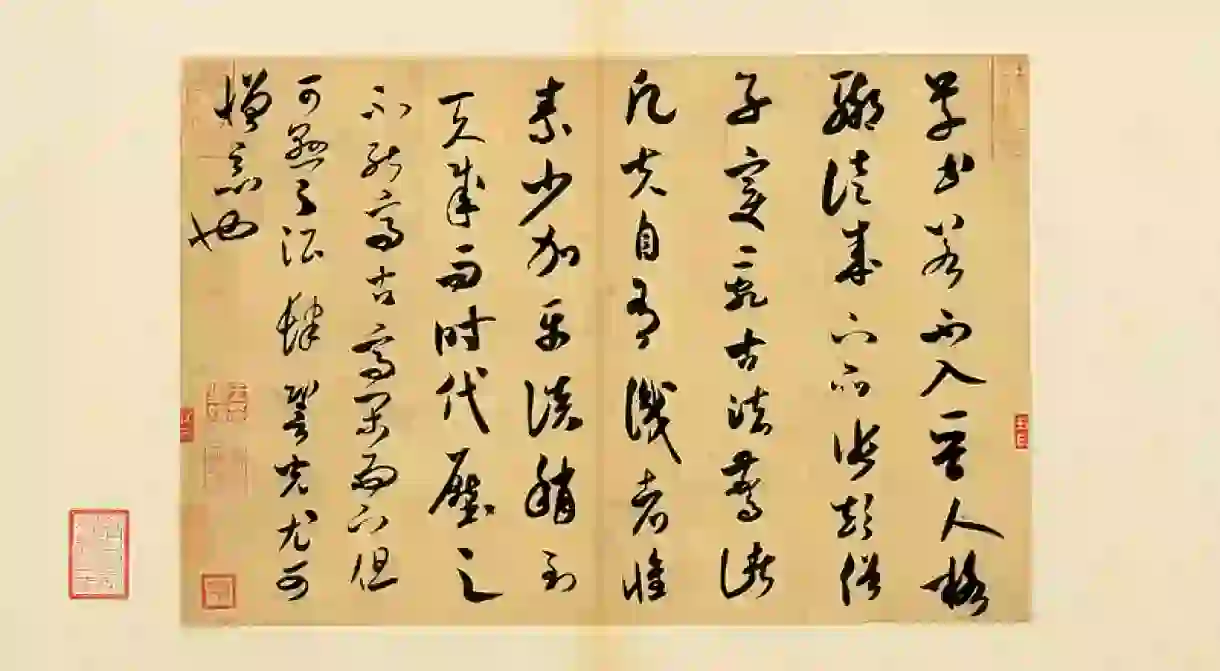Siku Quanshu: The Book That Spans 5000 Years of Chinese History

Before Wikipedia, the largest collection of human knowledge in the world belonged in China in an encyclopedia called Siku Quanshu. It is more than 2.3 million pages long, comprising 3461 carefully selected titles produced over the entirety of Chinese history. Now it is up to 200 people to recreate the entire thing by hand.
During the height of China’s last dynasty, the famed Qianlong Emperor commissioned a work so great that it would become the world’s largest encyclopedia, holding the title for over 200 years until the English-language Wikipedia over took it in word-count in 2010. Beginning in 1773, 361 scholars collected and annotated over 10,000 imperial manuscripts. From them, only 3461 titles were selected for inclusion.
The works are arranged in four divisions of Chinese literature: classics, history, philosophy, and the arts. Together, this knowledge represents 5000 years of history, astronomy, geography, economy, society, law, politics, science, technology, and philosophy.

Scribes copied the original texts by hand, painstakingly recreating every last character stroke in perfect calligraphy. They were not paid in money, but were instead rewarded with official posts.
The feat seems almost too great, but the 361 scribes finished the task in 1782, only nine years after beginning. The completed texts were bound in 36,381 volumes with more than 79,000 total chapters and 800 million Chinese characters. There were only seven copies produced.
Today, only four of those copies remain. That’s where calligrapher Zhou Baoxiang comes in.
Zhou is one of 200 calligraphers commissioned by the Chinese government to hand copy the entire Siku Quanshu for permanent display in the National Museum of China. Like the original scribes, Zhou is not being paid. Instead, he sees it as a public service. “I’m very interested in this task, and don’t feel tired at all,” Zhou said.

Post-Cultural Revolution, modern Chinese has been written in a simplified script. Given the dating of the Siku Quanshu, the characters inside are highly complex. Zhou begins his process by thoroughly reading a chapter and analyzing the structure of each character within to come up with a proper layout.
The paper itself is also quite complex, having gone through 80 steps of refinement. If Zhou makes a mistake with just one character, he must scrap the entire sheet of paper and start again.
Zhou began in September 2016 and, at time of publication, has already completed all 40,000 characters in the philosophy section of the Siku Quanshu, more than six months ahead of schedule.













